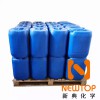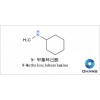NT CAT PC-8 CAS No.:98-94-2 Synthesis method and application
Brief introduction.
Chemical Chinese name: N,N-dimethylcyclohexylamine
Chemical English name: N,N-dimethylcyclohexylamine; dimethyl aminocy clohexane
Chemical Alias: Dimethyl aminocyclohexane
CAS No.: 98-94-2
EC No.: 202-715-5
Molecular formula: C8H17N
Synthesis method.
N,N-dimethylaniline catalytic chlorination method
In 1904, Sabatier et al. carried out the gas-phase hydrogenation of N,N a dimethylamine at a temperature of 160-180°C and at atmospheric pressure to produce DMCHA.
Phenol method
This method uses Pd or Rh as the catalyst, and phenol dimethylamine and hydrogen as raw materials. For example, when Pd is the catalyst, the catalyst dosage is 0.2~0.5, and the process conditions are 60~150℃, hydrogen pressure 0.15~0.48MPa, reaction time 6h, and the yield is between 70~80%. The raw material is available, and the reaction conditions are mild, but the catalyst is made of precious metals, and the yield is low.
Cyclohexylamine method
The process also uses formaldehyde and formic acid to react with cyclohexylamine, or uses oxides of Bi, Sb, Mg, A1, Lu, etc. as catalysts to react cyclohexylamine with methanol to methylate cyclohexylamine to produce DMCHA. the disadvantage of this method is the low selectivity of the former reaction, and the yield of the later methylation is not high.
Cyclohexanone method
Among the methods for the synthesis of DMCHA, the reductive amination method using cyclohexanone as raw material has more advantages: high conversion, yield and selectivity. The processes using Pd/C catalyst or Cu-A1 catalyst have their own characteristics and are currently under development in China.
Uses.
[Use I] Mainly used as polyurethane hard foam catalyst
[Use II] N,N-dimethylcyclohexylamine can be used in a wide range of rigid foams. N,N-Dimethylcyclohexylamine is also suitable for the manufacture of rigid foam furniture frames and decorative parts. It can be used as the main catalyst alone in rigid foam products without the addition of organotin, or it can be supplemented with JD series catalysts according to the process and product requirements. It is also used as intermediate of rubber accelerator and synthetic fiber.
Use III】It is used as intermediate of dyestuff, used to make vanillin, azo dyestuff, triphenylmethane dyestuff, also can be used as solvent, stabilizer, analysis reagent, etc.. Also used as catalyst.
Storage and transportation.
Should be sealed and stored in a dry, cool and ventilated warehouse
Package: 200KG/drum
200KG/drum Storage: It is recommended to store in dry and cool area with proper ventilation. Please fasten the lid as soon as possible after original packaging to prevent the mixing of other substances such as moisture and other substances from affecting the product performance. Do not inhale dust and avoid skin and mucous membrane contact. Smoking, eating and drinking are prohibited in the workplace. After work, shower and change clothes. Store contaminated clothes separately and wash them before use. Maintain good hygiene habits.
More:https://www.newtopchem.com/archives/40458

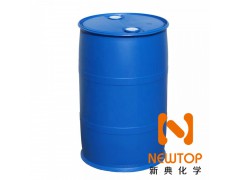
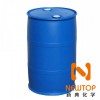




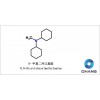
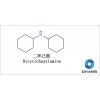
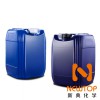
![DMAEE CAS 1704-62-7 2-[2-(Dimethylamino)ethoxy]ethanol](https://www.globalpu.net/file/upload/202211/08/1358188931.jpg.thumb.jpg)
![NT CAT T CAS 2212-32-0 2-[[2-(dimethylamino)ethyl]methylamino]ethanol](https://www.globalpu.net/file/upload/202211/08/1402231731.jpg.thumb.jpg)
